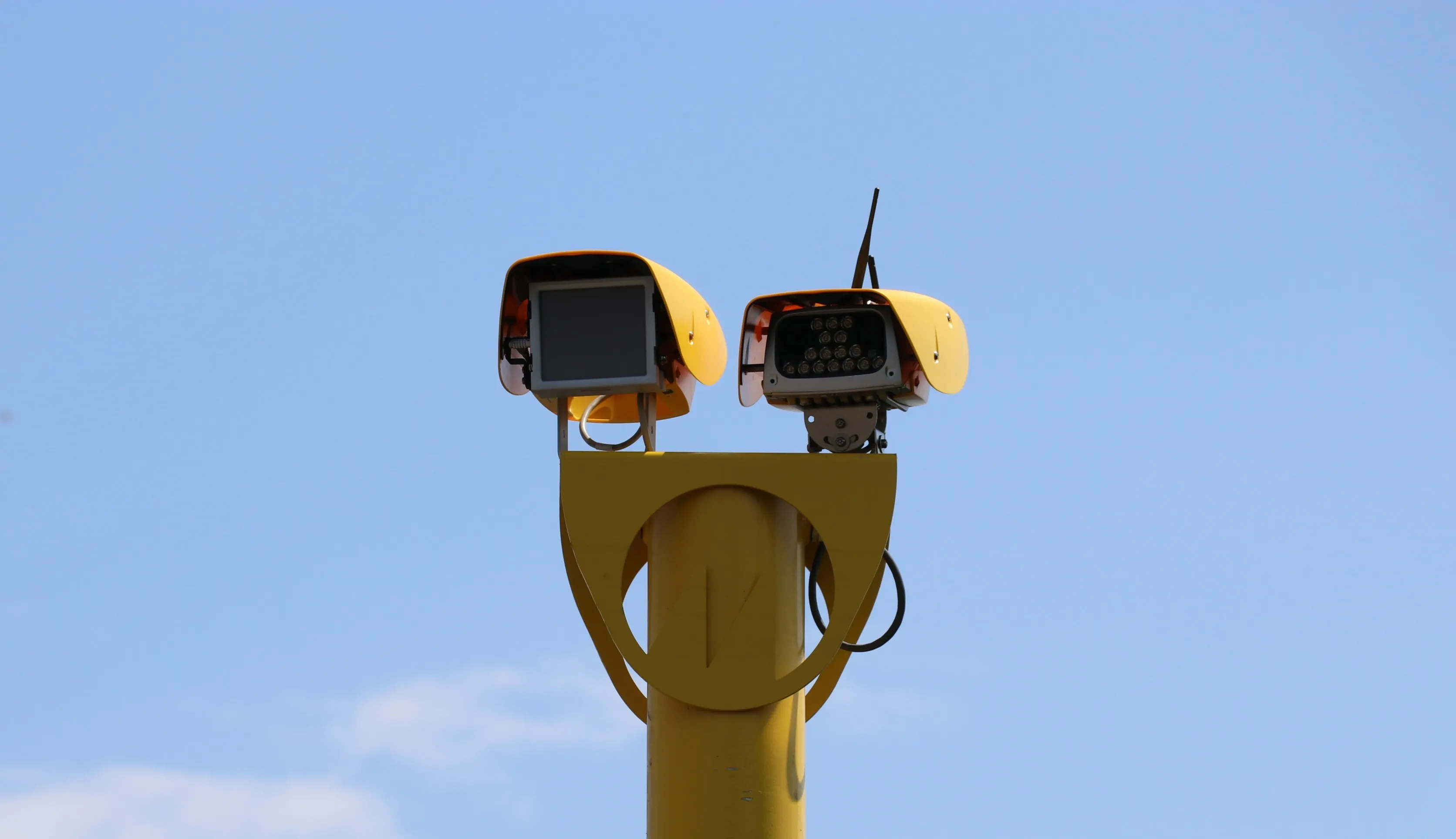Transport for London (TfL) has begun work on a programme to overhaul the capital’s road safety camera network; replacing hundreds of old wet film cameras with modern and more efficient digital safety cameras in order to help further reduce casualties on London’s roads.
According to TfL, safety cameras have proved successful in reducing road casualties in recent years. At locations where safety cameras operate in the capital, research shows that the number of people killed or seriously injured (KSI) fell
September 18, 2014
Read time: 4 mins
According to TfL, safety cameras have proved successful in reducing road casualties in recent years. At locations where safety cameras operate in the capital, research shows that the number of people killed or seriously injured (KSI) fell by an average of 58 per cent, meaning that the cameras help to prevent 500 deaths or serious injuries each year. During 2013, 29 of the 132 fatal collisions that occurred in London involved speeding as a contributory factor. Last year, the police commenced prosecution against 120,000 drivers for speeding and red light offences in the capital, with all fines generated passed on to central Government.
TfL and the Metropolitan Police have now replaced and commissioned the first 28 of 250 red light cameras at traffic signal junctions across London. In addition to enforcing against red light running, these new cameras can also monitor and enforce against vehicles breaking the speed limit while going through green traffic lights, helping to further improve safety at junctions where the risk is higher. Further sites will be commissioned in the coming months, with all 250 upgraded by October 2016.
Next month, TfL will also begin upgrading the capital’s 350 speed cameras with spot speed digital cameras. When located on the central reservation, these new cameras can also monitor speed in both directions, providing a wider area of enforcement for the Police. In addition, at four trial locations on the TfL Road Network, TfL will be replacing older cameras with an average speed camera system, similar to the one already in operation along the A13. Average speed cameras improve speed compliance between cameras along a more extensive length of road rather than just where the camera is located, helping to further reduce KSIs. Work to install these will begin later this year, with the systems beginning enforcement in 2015. Work to upgrade the existing speed camera network to digital cameras will be completed by October 2016.
Ben Plowden, director of Strategy and Planning at TfL, said: “Ensuring that all road users are acting responsibly is vitally important to ensure that the capital’s roads are kept safe for all. We are committed to delivering a 40 per cent reduction in the number of people killed or seriously injured on the capital’s roads by 2020.
“We’ve worked closely with the London boroughs and police on implementing this important upgrade and, by ensuring that our safety cameras have the latest digital technology, we can help further reduce the number of unnecessary speed-related collisions that occur each year.”
Edmund King, AA president, said: "Modern well-signed cameras targeted at accident hotspots are an important road safety tool aimed at helping make roads safer. In a recent AA Populus poll, 79 per cent of AA members considered speed cameras at the road side to be acceptable. London needs safe roads to help the capital function for all road-users whether they are on foot, two wheels or four."
Cllr Stuart McNamara, Haringey Council’s cabinet member for environment, said: “The safety of our borough’s roads is a priority for Haringey Council and we are pleased that TfL is taking these steps to ensure that a busy junction is safer for all road users. The installation of these more efficient and modern cameras, which will help to reduce dangerous driving such as speeding and jumping red lights, will add to our efforts to improve road safety across the borough.”








